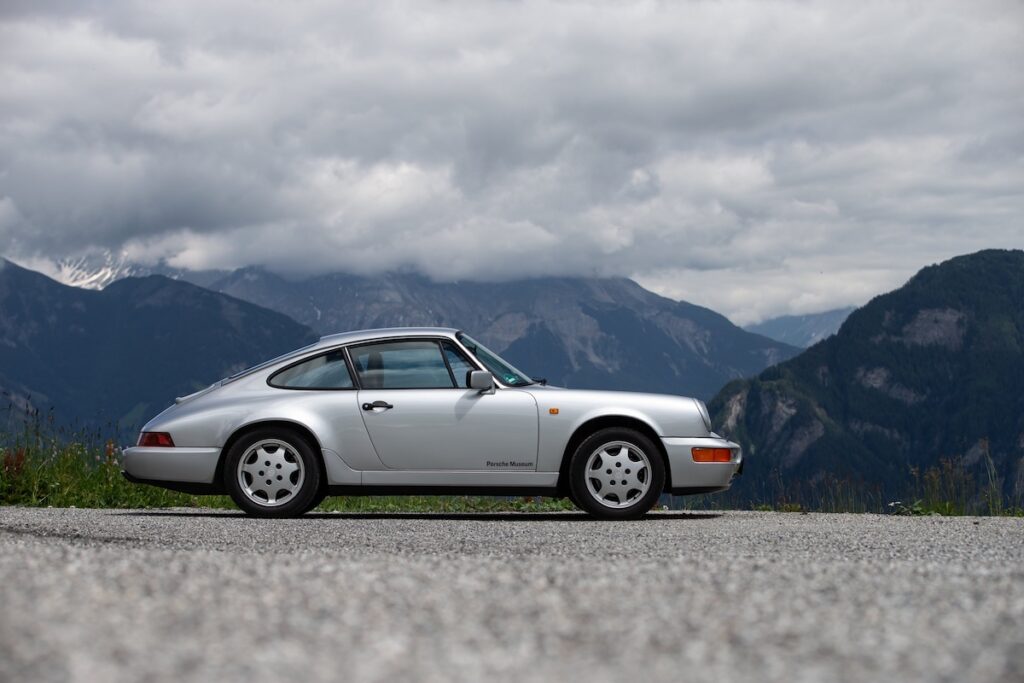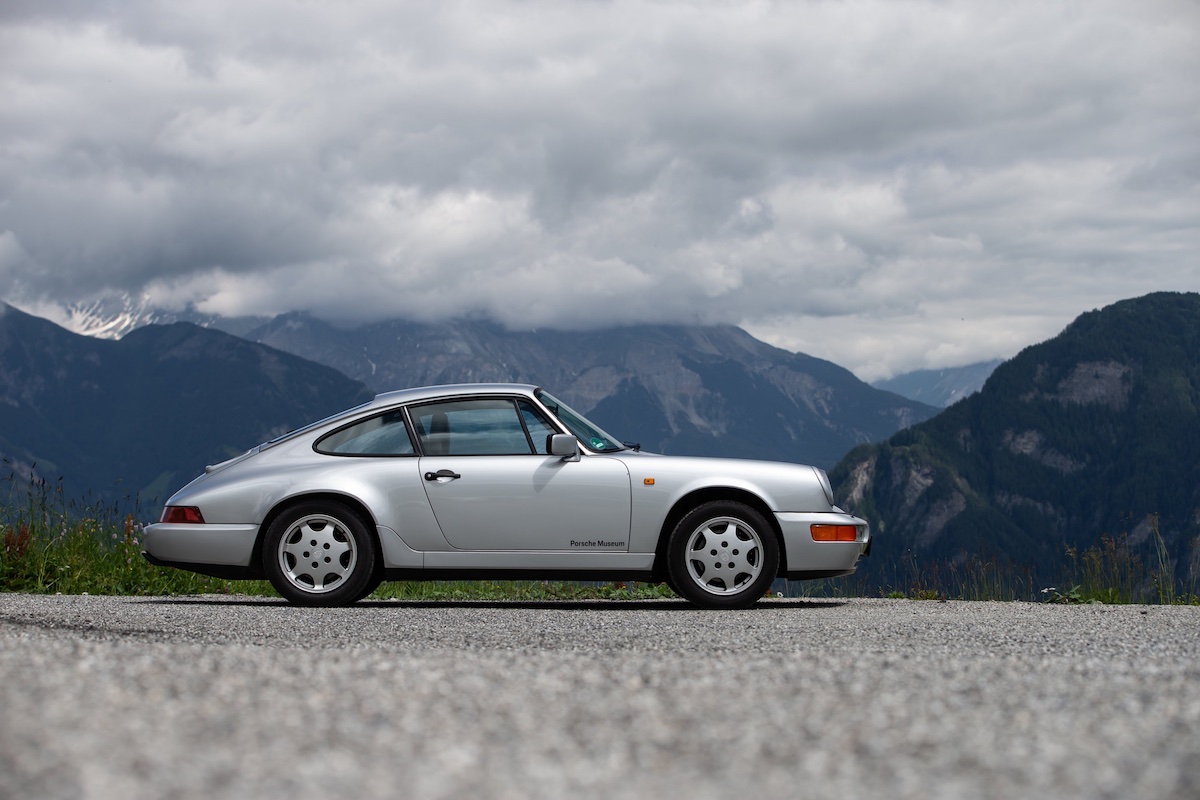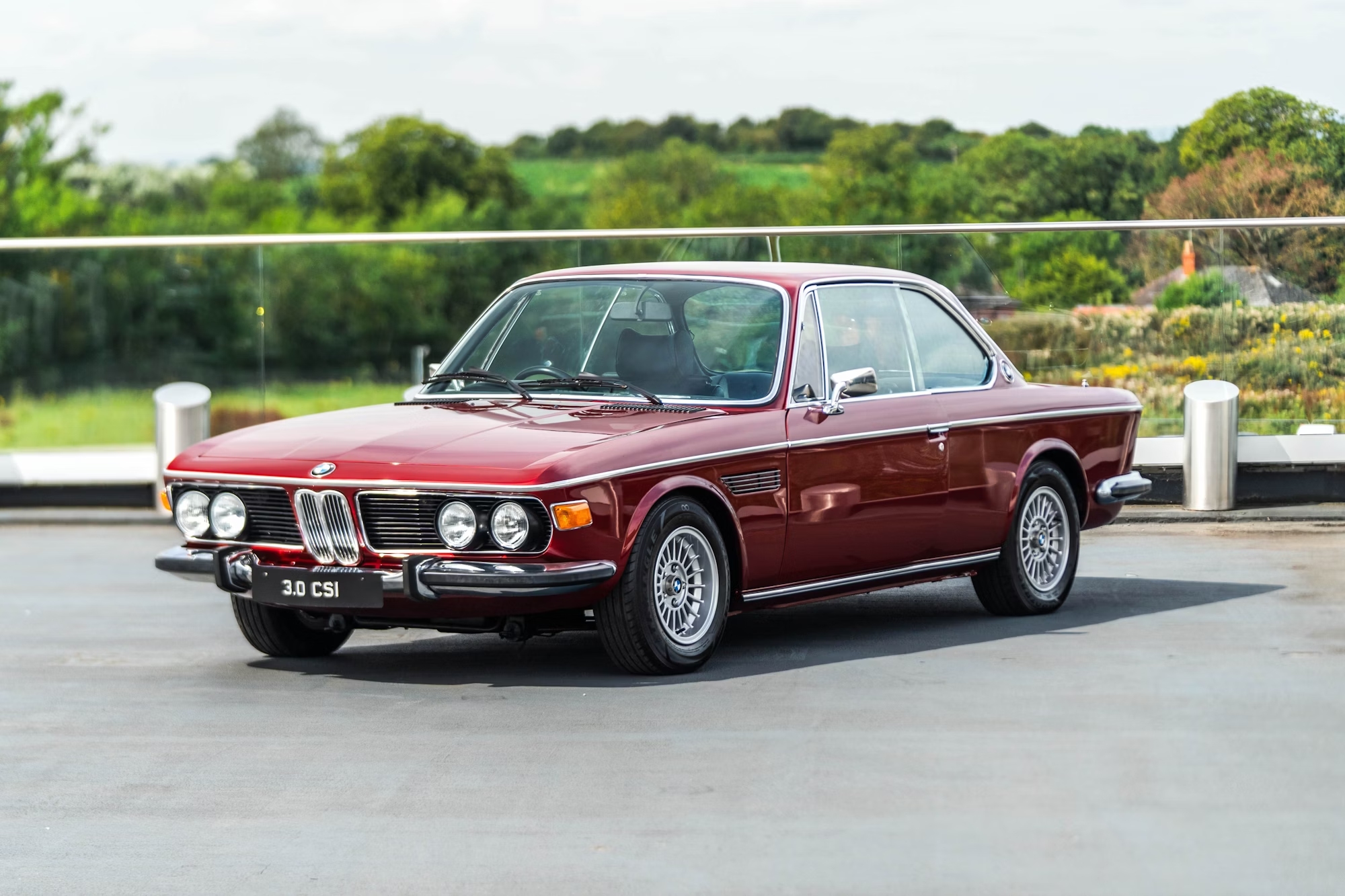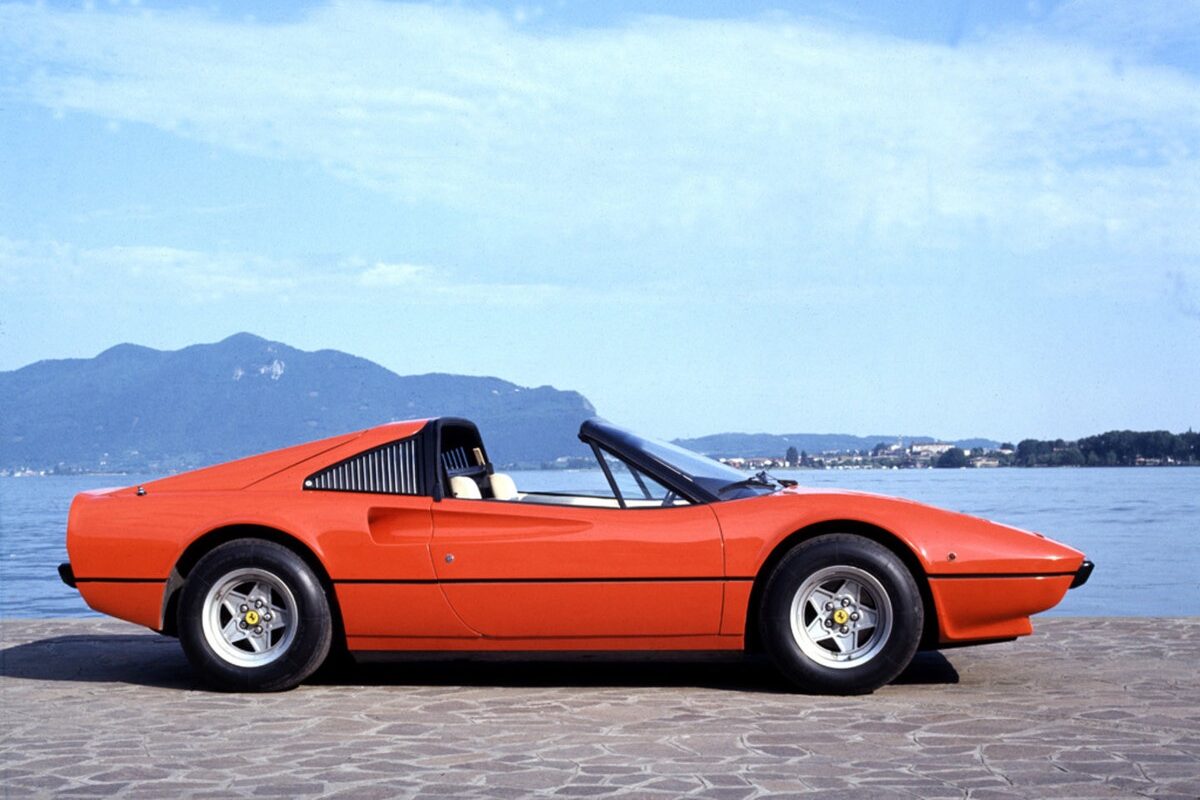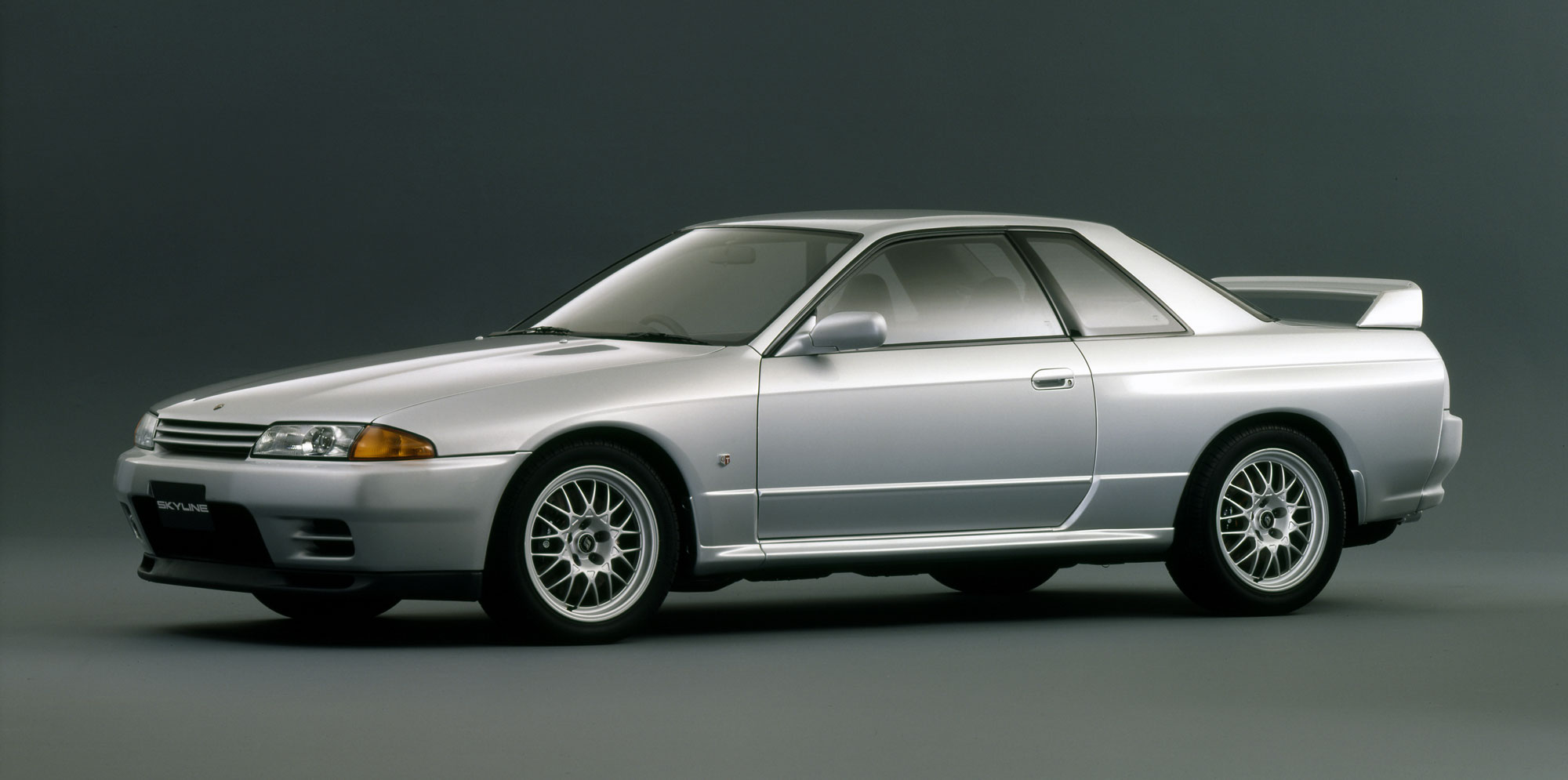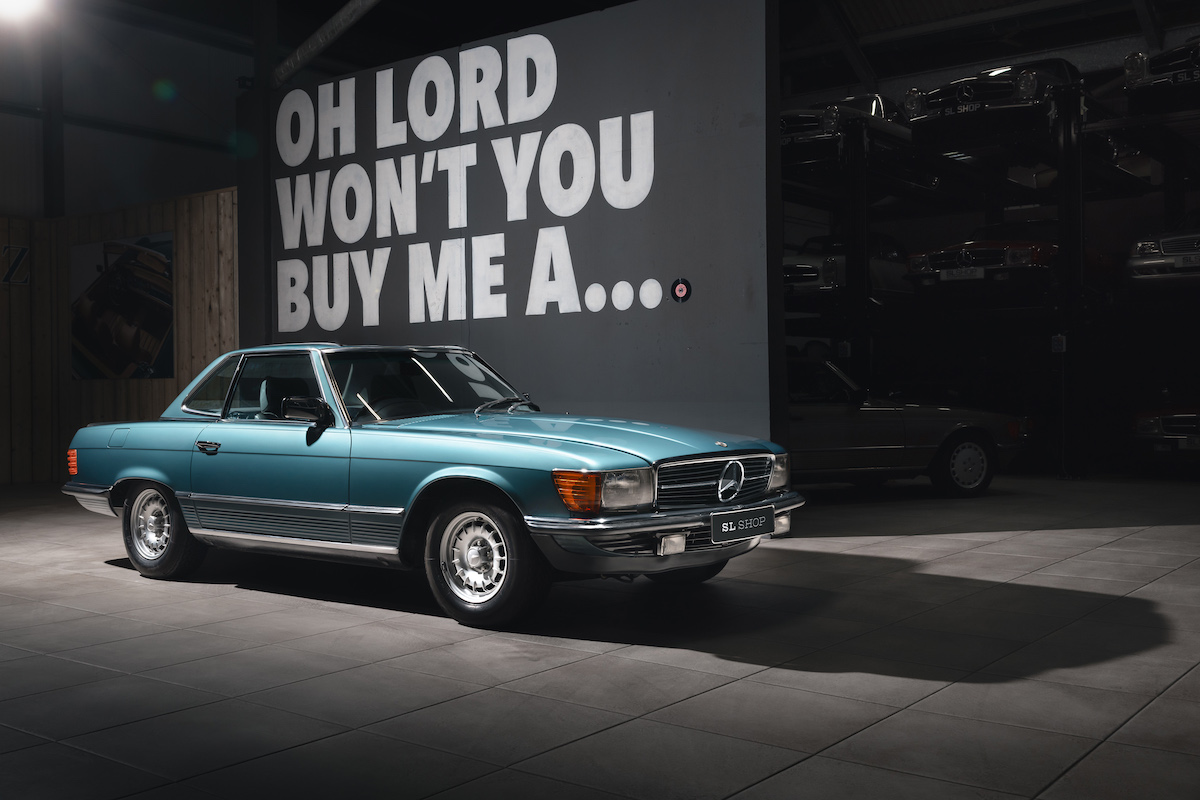It is said that cockroaches, ants and sharks will all survive Armageddon, and to that list we might add the Porsche 911.
Ten years after Porsche’s 1964 announcement of a six-cylinder coupe with tail-happy handling, engineering staff at Stuttgart were hard at work designing a front-engined replacement and actively plotting the demise of the 911.
Fast forward 50 years and anyone involved with that plan will be long since retired or pushing daisies while the 911 not only survives but thrives in much the same form as it originally appeared.
Over the years, the design has changed, but via a process that has been evolutionary rather than radical.
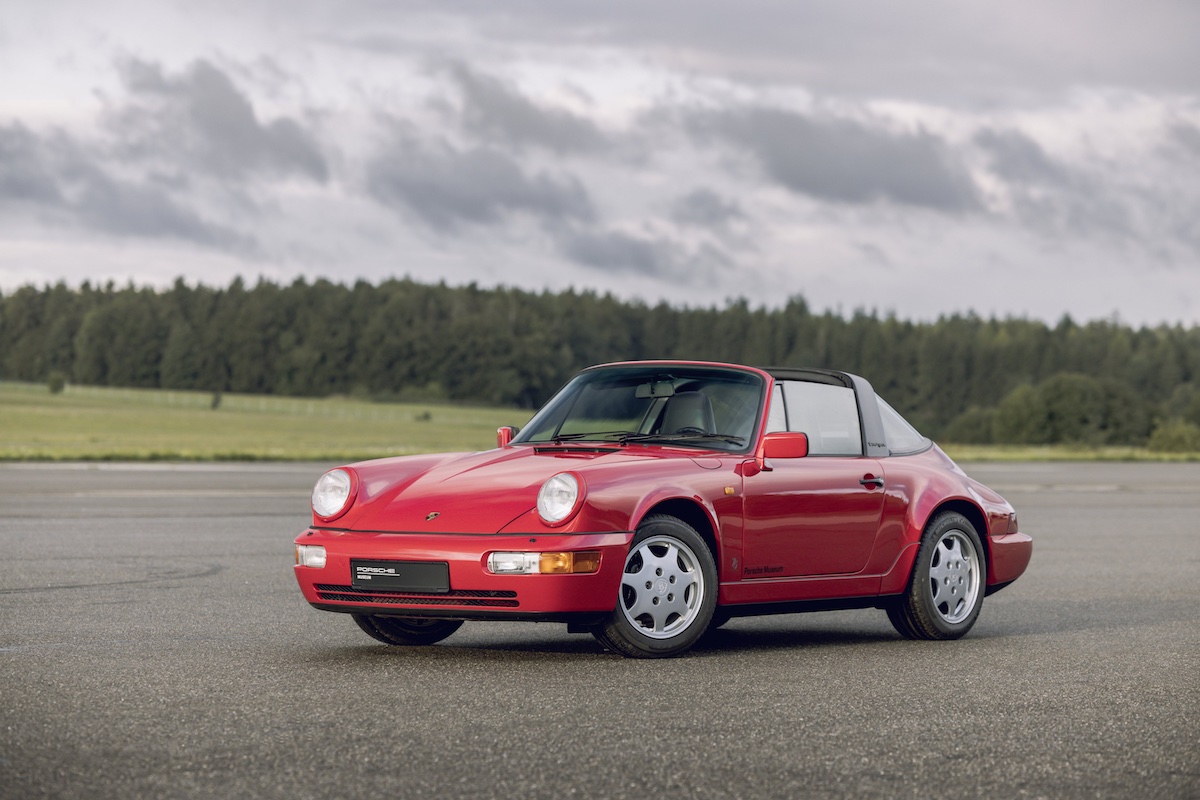
A 1989 update brought styling changes that were significant, but you needed to park the older 911 G alongside the newer 964 model 911 to fully appreciate the reshaping.
Externally, the new 911 (aka 964) was altered to accommodate bigger wheels and revised bumpers. The stock 911 Carrera rim was now 16-inches in diameter and either 7.0- or 8.0-inches wide but hiding behind those new front wheels was a change far more significant to the 911’s design.
Gone were the torsion bars that had been a feature of Porsche sports cars since the 1940s, replaced by MacPherson struts and coil springs. Also new was a braking system incorporating ABS as standard.
The flat-six engine was enlarged from 3.2- to 3.6-litres, although Turbo versions remained at 3.3-litres. The basic engine now developed 184kW while the force-fed unit mustered a more emphatic 236kW. The Turbo came only as a six-speed manual, but across the normally-aspirated range a new Tiptronic automatic transmission was made available to entice buyers.
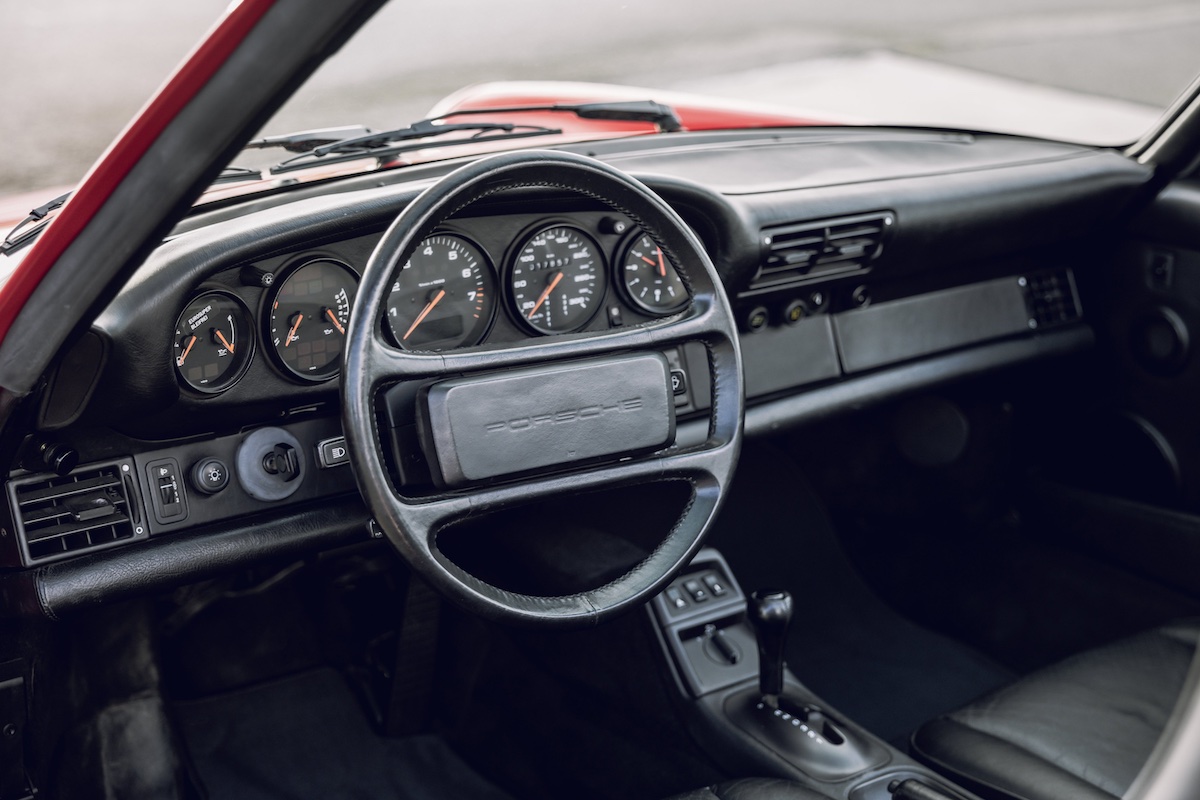
Air-conditioning was included as well, along with leather trim, power steering and central locking. The Carrera 2 coupe at introduction in 1989 cost $148,536 but by mid-1993 its base price had reached $179,990. The cheapest 964 Cabriolet available in 1989 cost $165,000 and four years later it was listed at $201,000.
Also new and optional across the range was all-wheel drive. Cars with this feature were designated ‘Carrera 4’ and cost $20,000 more than rear-wheel drive versions, a fact that did little to diminish their popularity in the performance-obsessed Australian prestige car market.
Some with experience of earlier Porsches were skeptical about the effect of struts and coils on the car’s response and feel, but their fears proved groundless. Reports from owner forums catering to 964s confirm that these cars with their bigger wheels and radically altered suspension still deliver fun in similar proportions to the 1980s cars.
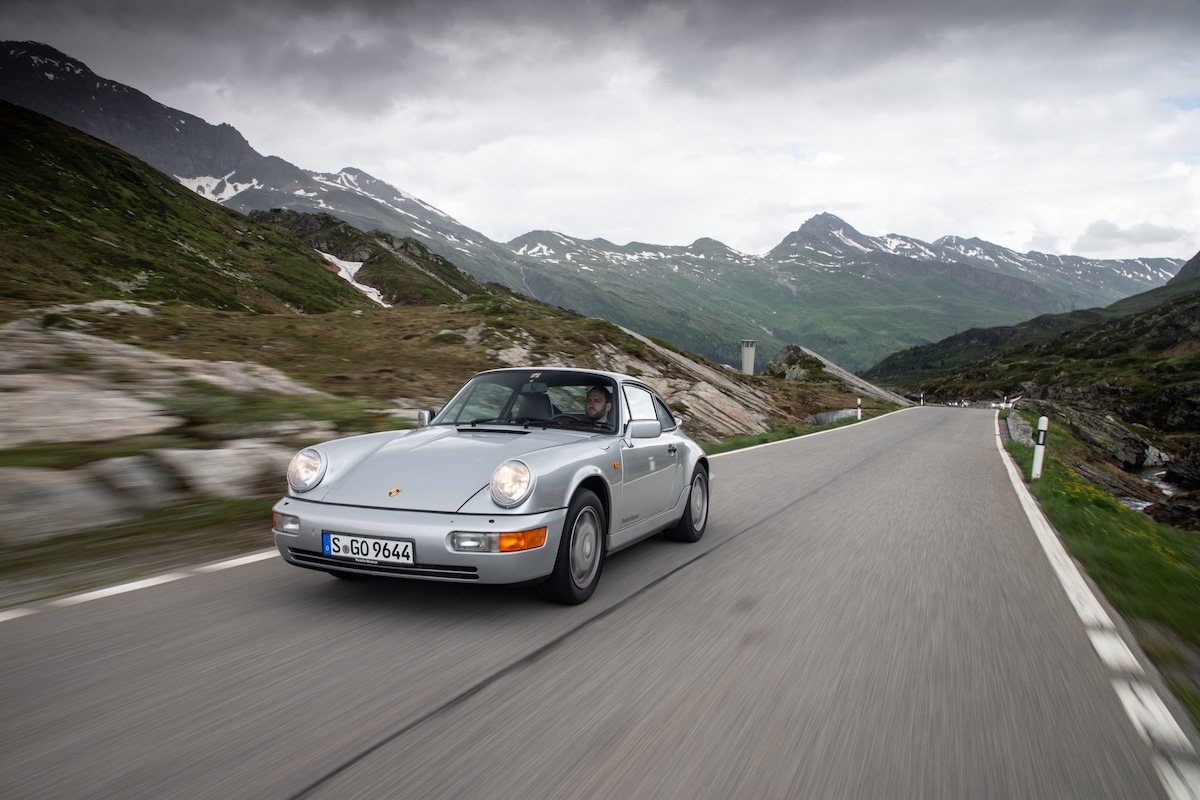
Rear-wheel drive 964s in the used market still fall short of recouping their new car values but demand is growing. Local advertised prices during the past five years have seen significant gains, from an average in 2020 of $122,000 to $188,500 in mid-2025, with a top auction price of $177,000.
Convertibles average $145,000 and do generally cost less than fixed roof cars. All-paw Carrera 4s are scarce and in exceptional condition exceed $200,000.
Providing a link between early 911s and the restyled 993, Porsche’s 964 maintains its enthusiast appeal and looks set to follow the value gains made by earlier versions of the enduring model.
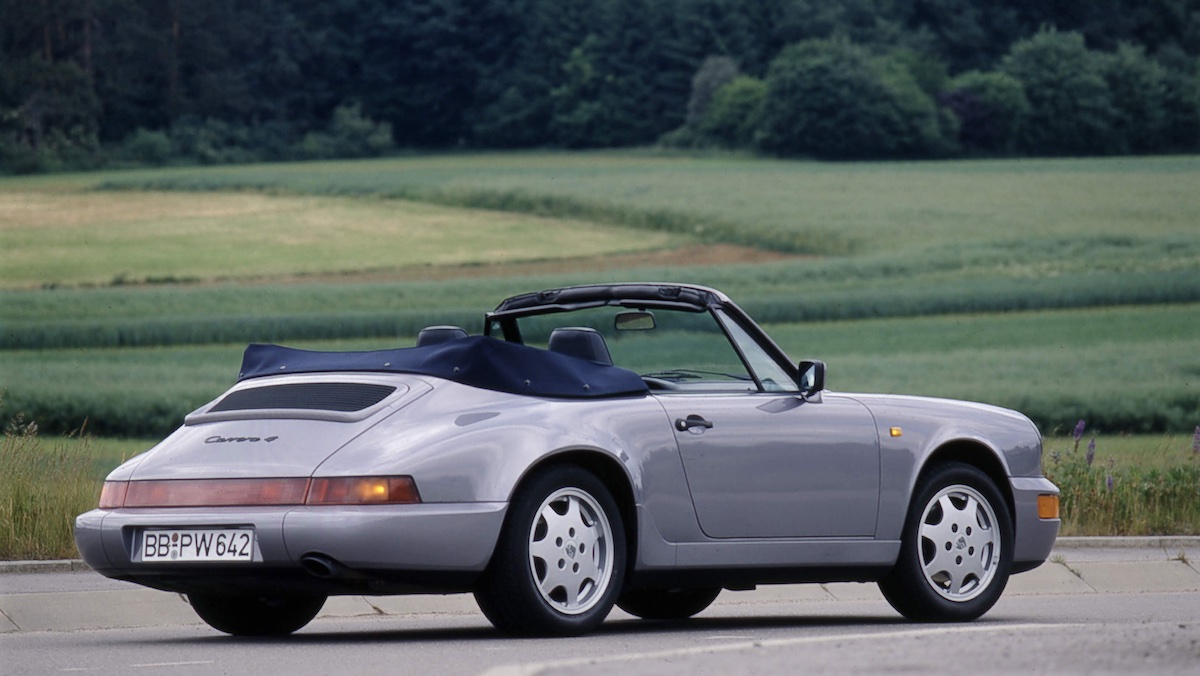
Things To Watch Out For When Buying a Used Porsche 964 (1989-93)
- Factory galvanising helped deter rust but won’t help if sections repaired after being damaged haven’t been treated.
- Service history is important, helping buyers avoid cars that are due for costly maintenance.
- Ensure the Tiptronic system responds quickly, especially when downshifting.
- Inner edge tyre wear is a symptom of misalignment and the need for suspension work.
- Leather trim needs regular maintenance to avoid cracks and fading.
- Air-conditioning, especially in cars delivered new overseas, may need an overhaul or even replacement to deal with Australian conditions.
Valuation Timeline: Porsche 964 (1989-93)
- 2005: $89,000
- 2010: $52,000
- 2015: $55,000
- 2020: $120,000
- 2025: $178,000 (964 Carrera 2 Coupe)
Retro Rides’ Investment Rating
- 7/10

